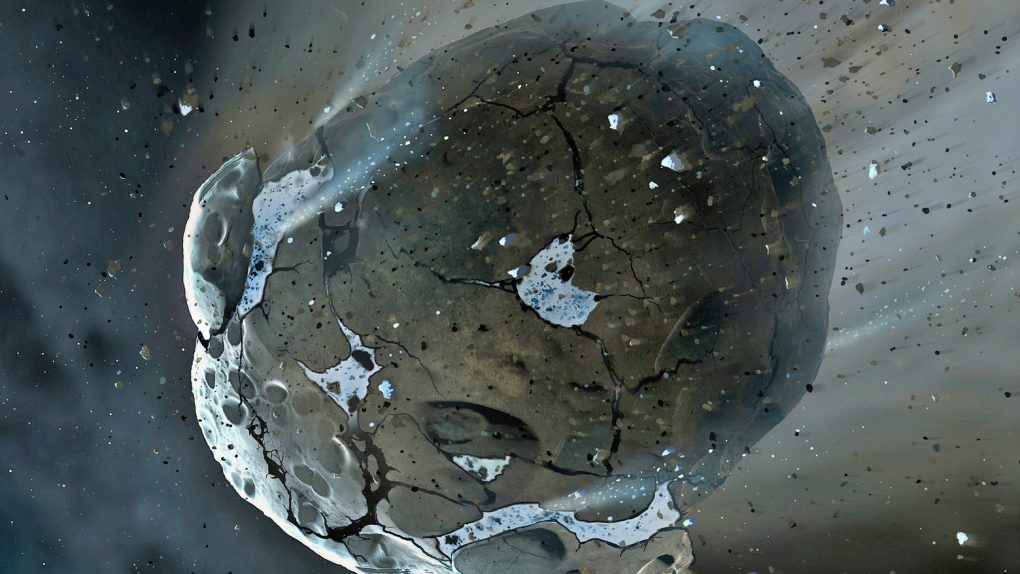- An asteroid or comet completely wiped out the ancient human settlement of Abu Hureyra.
- The impact is likely part of a larger cosmic impact event that triggered the rapid cooling of Earth.
- The research was published in the Nature journal Scientific Reports.
- Visit BGR’s homepage for more stories.
Science fiction disaster flicks have “taught” us that if the asteroid apocalypse comes raining down from above, it will result in utter devastation from which humanity may never recover. For now, we can rest easy knowing that space agencies around the world are constantly on the lookout for dangerous space rocks, but ancient humans didn’t have that same luxury.
One particularly unlucky group of our nomadic ancestors watched, thousands of years ago, as their homes and way of life were wiped out by an asteroid fragment that, to them, would have seemed to come out of absolutely nowhere.
The whole saga unfolded in what today is Syria at a site known as Abu Hureyra. Today, it’s at the bottom of a lake, but many thousands of years ago it was home to a group of settlers who lived, farmed, and sustained themselves for what appears to be a lengthy amount of time. That is, until a cosmic invader messed everything up.
In studying some of the artifacts recovered from the site, researchers discovered remnants of glass that was created during a high-intensity impact. The glass is unlike anything that could have been created with the technology of the day, and was formed at temperatures high enough to rule out things like volcanic activity. Put simply, the only other possibility is that the glass formed as an object slammed into the settlement at extremely high speed.
“To help with perspective, such high temperatures would completely melt an automobile in less than a minute,” said UC Santa Barbara professor James Kennett, co-author of the work. “Our new discoveries represent much more powerful evidence for very high temperatures that could only be associated with a cosmic impact.”
“The critical materials are extremely rare under normal temperatures, but are commonly found during impact events,” Kennett explains. The glass is thought to have formed “from the nearly instantaneous melting and vaporization of regional biomass, soils and floodplain deposits, followed by instantaneous cooling.”
We obviously can’t know exactly how the events of the fateful day unfolded, but based on the destruction of the settlement and what is left for scientists to find, it appears as though the village was wiped out in a matter of moments. Whether it was a direct impact from the space rock or an airburst — an asteroid explosion in the sky — close the ground, temperatures at the site topped an incredible 2,200 degrees Celsius.
The researchers believe that, based on the timing of the event, the impact was linked to a larger asteroid event which left evidence of impacts across a huge chunk of Earth. Similar glass has been found at impact sites across parts of Europe, the Middle East, and the Americas. It was this large-scale event that is believed to be responsible for the rapid cooling of the Earth and the eventual die-off of many species.








